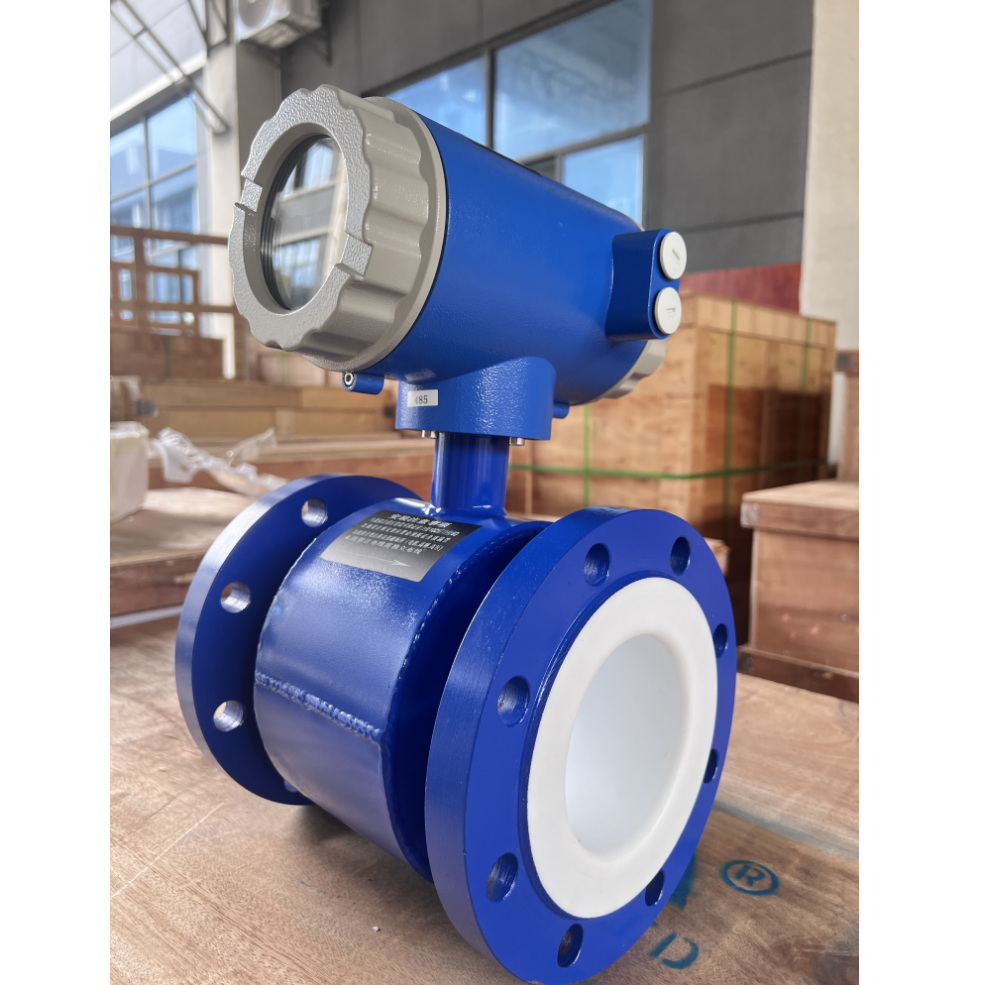23 Aug 2023
electromagnetic flowmeter
An electromagnetic flowmeter, also known as a magnetic flowmeter, is a device used to measure the flow rate of conductive fluids (such as water, milk, chemicals, etc.) in pipes. It operates based on Faraday's law of electromagnetic induction.

Company:STARK Environmental Solutions Ltd.
Contact us Telephone:18520151000
Website:www.stark-water.com
Email:[email protected]

The working principle of an electromagnetic flowmeter involves placing a pair of electrodes on opposite sides of a pipe through which the fluid is flowing. These electrodes create a magnetic field that is perpendicular to the direction of fluid flow. When the conductive fluid passes through the magnetic field, it generates a voltage proportional to its flow velocity.

The flow rate is then calculated by measuring the induced voltage using the electrodes. The magnetic flowmeter can be calibrated to provide accurate measurements by considering the pipe diameter, fluid conductivity, and other factors.

Some key advantages of electromagnetic flowmeters include:
- High accuracy: They offer excellent accuracy, typically within ±0.5% to ±1% of the actual flow rate.
- Wide flow range: They can measure both low and high flow rates accurately.
- Non-intrusive measurement: As they do not have any moving parts protruding into the flow, they create minimal pressure drop and have no obstruction to the fluid flow.
- Suitable for various fluids: They can measure conductive fluids, regardless of their viscosity, density, or temperature.
- Low maintenance: They have no moving parts, which reduces the need for maintenance and makes them less prone to wear and tear.
Company:STARK Environmental Solutions Ltd.
Contact us Telephone:18520151000
Website:www.stark-water.com
Email:[email protected]